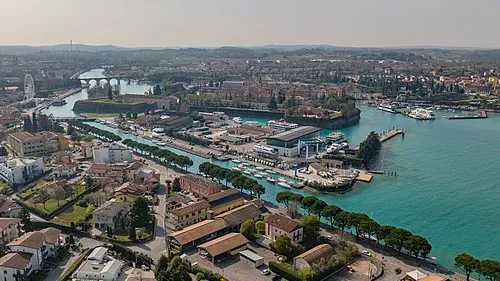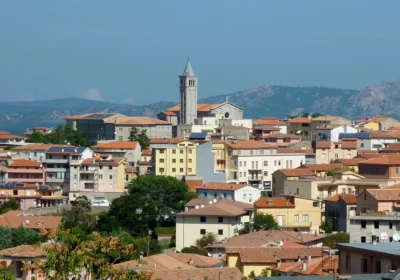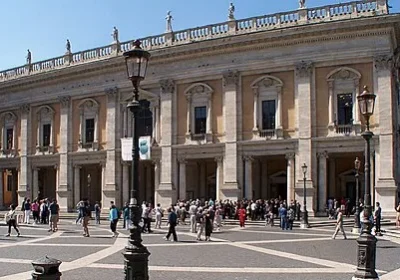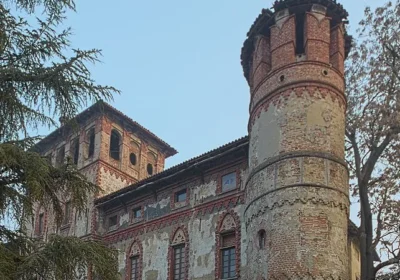Sirmione and Peschiera del Garda
If you have a desire to visit a real fortress city, welcome to Peschiera del Garda.
First there is a classic tour of Sirmione, then you will move by road to the town of Peschiera del Garda. Along with Verona, Legnago and Mantua, it was part of the “rectangle” of the Gasburg Empire.
Peschiera del Garda is an architectural masterpiece, an octagonal fortress city, a treasure trove of culture and art at the southern end of the “olive riviera”, as the Verona part of the Lake Garda coast is sometimes called.
Pliny the Elder mentioned this city in his Naturalis Historia and described its coat of arms with two eels and a star. The modern name appeared in the Lombard period, when due to the abundance of fish in the lake, the city began to be called Pescaria instead of the Latin Arilica.
After the Lombards, it was ruled by the Scalieri and Visconti families, and finally emerged as the town of Peschiera del Garda under the rule of the Serene Republic of Venice, when several famous architects worked on its appearance, including Sanmicheli (second half of the 16th century), who built the fortress and the famous octagonal city walls. Today, the bastions and streets of the town centre are lined with shops, hotels and expensive restaurants serving the best of local cuisine.
At the entrance to the town you can see the docks and marinas for motorboats and water skiing. A little further from the lake, a cycle path winds among the vineyards and continues on to Mantua. See the Santuario (church) of the Madonna del Frassino, a state-protected pilgrimage site for many believers.
Ever since the 16th century, Peschiera del Garda has been one of the most fortified towns in Europe. This is evidenced by its majestic 16th century defence system – huge walls with bastions still surround the town today. Water-filled moats have also been preserved – an additional defence system for the city. We will see monumental gates by architect Michele Sanmicheli, military barracks of soldiers from the Austrian period. But the city’s roots date back to the Roman period, as evidenced by the excavations we will visit.

















